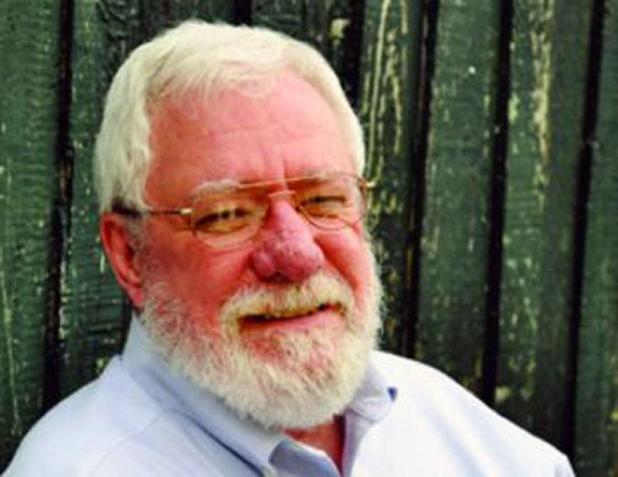
Jim Bradshaw
Everybody wanted to be on Old Spanish Trail
The celebration of Rayne’s Old Spanish Trail Day on September 23 is a reminder of how important that roadway (essentially the old Hwy. 90) was to south Louisiana, and also of the town’s connection to a significant bit of OST history.
The event has been organized for some years now by Eddie Palmer (epalmer@bellsouth.net).
In the horse-and-buggy days before the OST was built, dirt roads connected south Louisiana communities, and they were almost always poorly maintained. Nobody thought of an interconnected system until the late 1800s when farmers’ groups and bicyclists’ organizations came together to form a national Good Roads Movement. It gained momentum in the early 1900s, when automobile lobbies joined in. That caused civic leaders in Mobile to push for a good highway along the Gulf.
They organized an Old Spanish Trail Association to promote a road that would “afford tourists the ability to see Florida towns, come through Mobile and go west along the Mississippi coast through New Orleans and to California.”
The push for the Old Spanish Trail came to south Louisiana in 1916 after a meeting in Orange, Texas, that endorsed building a road between New Orleans and Houston, connecting Morgan City, New Iberia, Lafayette, Rayne, Crowley, Jennings, Welsh and Lake Charles.
By the beginning of 1917, Acadia and Jeff Davis parishes had approved substantial bond issues, according to the Crowley Signal, “to provide for their portion of the Old Spanish Trail highway.” It reported in January 1917, that “material progress” was being made. A gravel version of the highway was substantially completed by the early 1920s, but there were some problems in Louisiana.
The Rand McNally Automobile Road Book from 1923, told us, “Along the Old Spanish Trail are the riches of history, legend, sentiment and natural beauty.” But the Old Spanish Trail Association said “Louisiana was trouble. . . . Its swampy terrain, high ferry rates and homebred corruption [have] delayed the completion of the highway.”
Louisiana finally paved almost all of the OST in 1929, when Huey Long was pushing for a statewide good road system. The only unpaved part was “over a good gravel road” between Rayne and Crowley. Highway engineers said that last section would be paved as soon as everyone agreed on where the road would run.
That, of course, boiled down to politics.
Everybody wanted the highway to pass in front of their business, something that Long understood thoroughly. That’s why, some say, the road ran perfectly straight between towns but took all sorts of twists and turns inside some town limits.
There is an entirely believable story that Huey himself set the route in most towns, making sure that the important road went past the businesses of his friends (or bypassed those of his foes). That would explain otherwise inexplicable zigs and zags in the old road in several towns — and why some towns were bypassed altogether.
That was the fear in Rayne in 1931, when the newspapers reported,
“Present information says the highway is going to miss Rayne or at least miss the business district. … Rayne citizens are going to do everything possible even to taking the matter to court.”
It didn’t come to a court fight. At the end of March the decision came that it would follow the railroad track into town, turn south on Main Street “at the Farmer’s Café corner,” pass through the business district, then turn west toward Crowley.
The usual weather delays slowed the work, but in early 1932 the last piece of the Old Spanish Trail in south Louisiana was almost completed. Once again, there was just a little bit to finish but, the Great Depression intervened and the state ran out of paving money. Once again, the unfinished part was near Rayne.
“Within a very few weeks there will be but one stretch of road on the Old Spanish Trail between the Mississippi and Texas borders left unpaved,” the Rayne newspaper complained in April 1932.
“That will be a stretch … between Rayne and Crowley where someone once had visions of a massive concrete … overpass [over the railroad track]. When the paving ... was laid, that stretch, some half a mile in length, was left untouched, the overpass to be constructed later. … Now … any chance … of building [the overpass] has vanished.”
Ironically, the Great Depression that caused the loss of state funds also was responsible for the money to eventually build the overpass. In 1936, the federal Works Progress Administration put up the needed $120,000.
The overpass “reported to be one of the finest in the state” and “completely modern in design” was opened just in time for the Fourth of July celebration in 1936.
You can contact Jim Bradshaw at jimbradshaw4321@gmail.com or P.O. Box 1121
